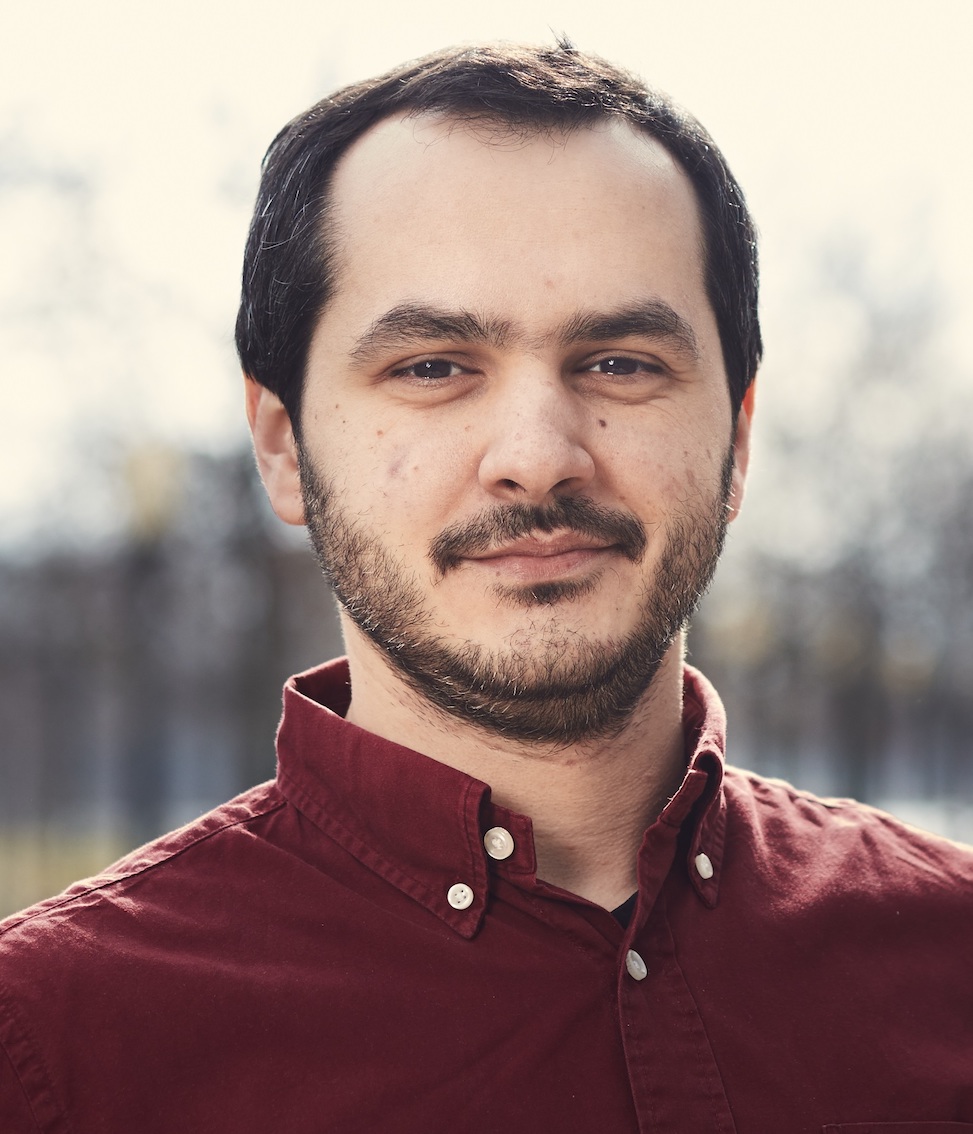Classifcation of malign and benign lung nodules is a challenging task. Existing methods are based on discriminative approaches and less research has been given to generative models. Over the last few years, there has been an increasing use of generative models for creating meaningful representations. Such representations are desirable since pixel-wise values do not share insightful information for classification tasks. We expect with this work, to open a research avenue of generative models with application to lung cancer screening. In this work, we propose anomaly detection with generative adversarial networks and anomaly detection with variational autoencoders for the classification of malign and benign lung nodules. Additionally, we use the manifold learned from GANs as feature extractor for supervised classification. For anomaly detection, we use only benign nodules to train our model and afterwards classify both malign and benign lung nodules. When using GANs as feature extraction we employee both types of lung nodules during training. With our models we are capable of generating synthetic lung nodules. Our experiments with NLST data showed that is possible to reconstruct and generate lung nodules never seen during training. We achieve the reconstruction by searching in the latent space of GANs the closest image in the manifold. We employee a pixel-wise and feature-wise metric to assess the closeness of a given new lung nodule to our learned representation. After the closest image in the manifold learn is obtained, we compare it against our new data point. With this comparison, we construct a residual image which contains regions that deviate from the learned representation. We additionally include experiments with the MNIST datasets. From which we explore how unseen numbers are mapped to the learned distribution of a generative adversarial network. Here, we split all number into two groups (0-6 and from 7-9) in order to simulate the scenario of lung nodules where we have two types of lungs: malign and benign. We train our models with group 0-6 and fit numbers from the second group to the learned representation. We use the level of fitness to the learned representation as a classi cation of group numbers.
